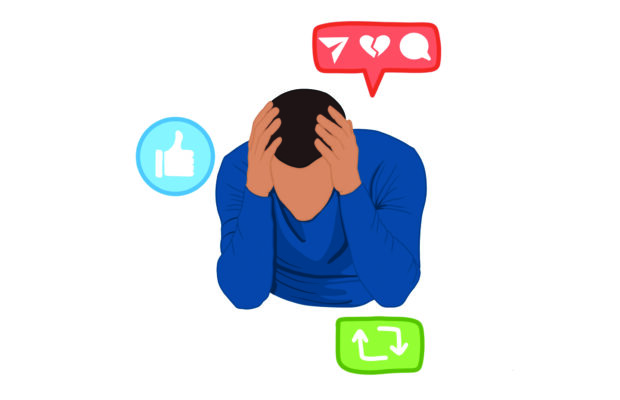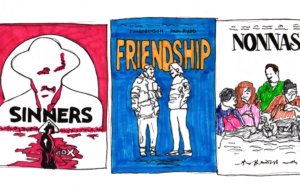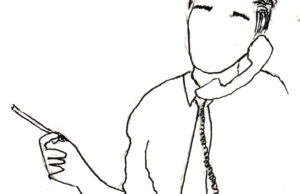The Social Dilemma did not satisfy

After hearing people rave about the “The Social Dilemma” on Netflix and seeing way too many ads for it, I was ready to watch a new perspective on how social media affects society and politics. It only took me about five minutes to realize this was not the case.
The “drama-documentary” opens up with a plethora of visual concepts ranging from interviews to displaying animations to a cheesy plotline. These three aspects rotate all around during the movie with some further odd scenes all centered around the evil power of technology. A constant eerie music played in the background as if it was a horror movie and the villain was social media. This dramatization escalated more as they portrayed phone use as an addiction by using scenes of people shooting drugs, eyes dilating and people gasping.
The film gave off the mood of a corny anti-smoking ad. The film uses common scare tactics and drama used by anti-smoking campaigns to make people fear cigarettes, but in reality nobody cares because it’s so cheesy. It’s almost as if it comes from a parent’s perspective of how everything going wrong is because of those darn phones.
About halfway through the movie I wanted to give up on it because I became annoyed by these over exaggerations, but it finally came to some points worth listening to. One interesting statistic brought up was the suicide rates of teen girls, which correlates to social media growth over the years. This relates to how Generation Z is more likely to be depressed, be admitted to hospitals for self harm and is less willing to take risks. This was the first part of the documentary where I related, because like many girls at our high school, social media heavily influences body image and can cause a lot of mental struggles.
Despite the terrible formatting of the film, the movie highlighted important effects of algorithms and political influences that have become extremely relevant to politics in recent months. One major issue was the increasing division between the two political agendas. A reporter even mentioned that fake news spreads six times faster on Twitter and this biased propaganda has led to radical actions such as the PizzaGate Conspiracy.
All points brought up were extremely critical information about how the media can easily manipulate agendas, but unfortunately these messages were still brought up in the same dramatic, unattractive style. For instance, the rabbit holes created by algorithms were represented through three cynical looking men controlling a person’s feed as if they were electronically puppeteering the man, but in reality, we know that our every interaction is watched over by people trying to corrupt us. The irony is that the documentary speaks on media-driven conspiracy theories, but the documentary is presented as if it is some radical conspiracy theory itself.
In the end, the movie attempts to make some call to action that we need to regulate the power of media platforms, or just get rid of it all together, or else we are going to destroy the world. The reality is we can’t just erase something that may be bad but is also extremely beneficial to the world, but regulation may be a plausible solution. Despite the immature dramaticness of the film, it does highlight some extremely important themes that, especially in this chaotic time of fake news and political division, need to be heard by the people.


